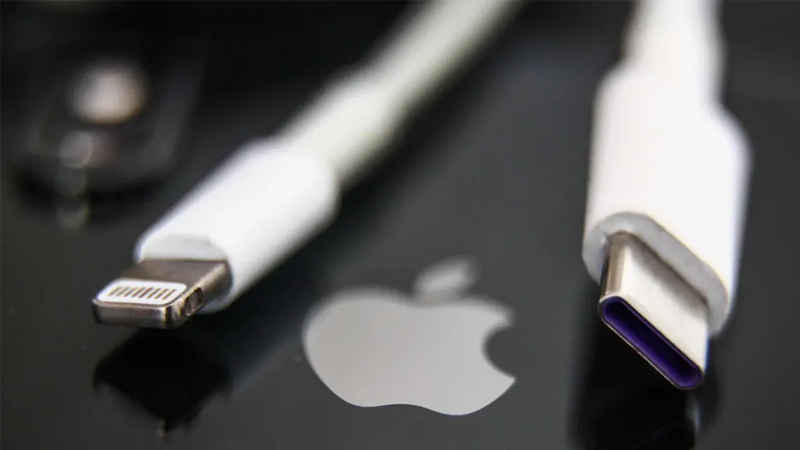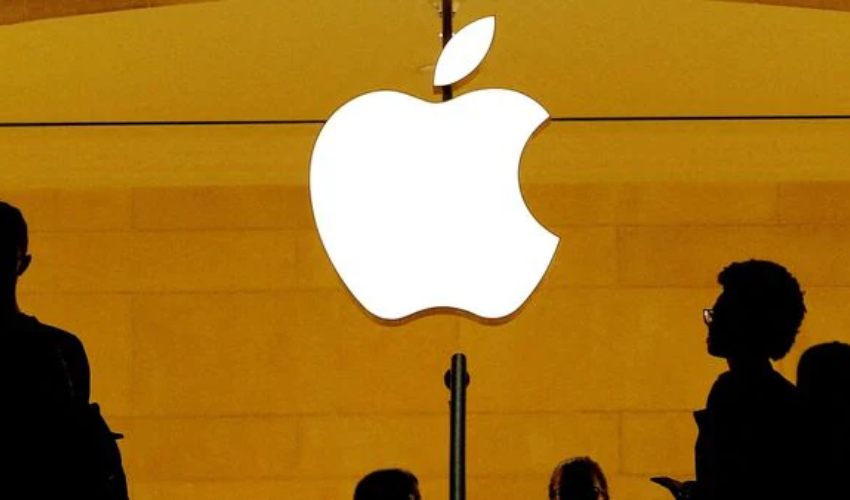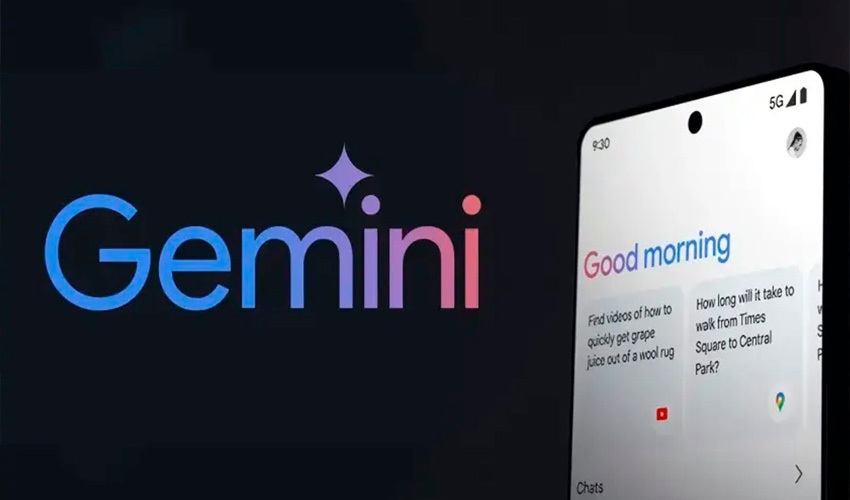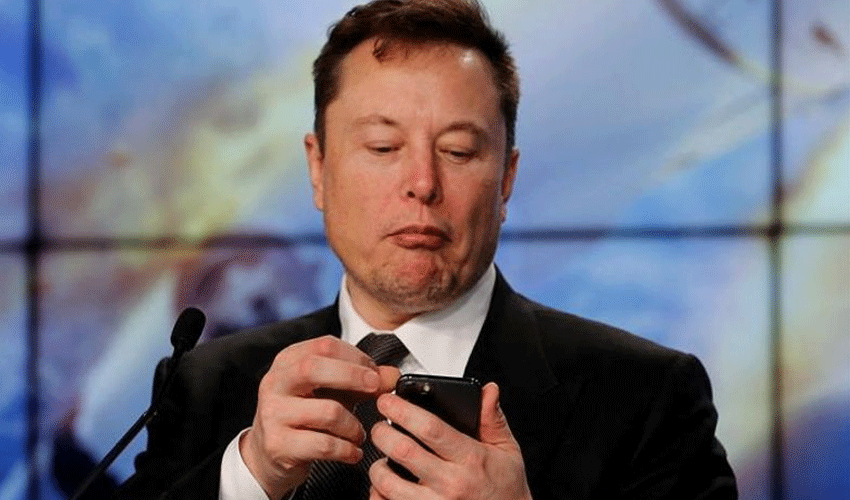In a highly-anticipated move, Apple unveiled its latest iPhone 15 lineup at the annual September showcase on Tuesday, featuring a significant design change: the replacement of the Lightning port with a USB-C charging port. This marks the end of an 11-year era for the Lightning port.
While the transition to USB-C brings the newest iPhones in line with a wide range of devices already utilizing the universal standard, it also means that older Lightning cables won't work with the new iPhones without the use of an adapter. However, many users likely have USB-C cables on hand, aligning with the universal concept of USB-C.
What is USB-C and how does it compare to lightning?
USB-C, introduced several years ago, represents an updated version of the original USB-A standard. One of its key advantages is a symmetrical 24-pin design, allowing users to plug it in without worrying about the orientation. This design similarity with Lightning means no change in user experience for iPhone owners.
USB-C can offer faster transfer rates, depending on the generation of USB specifications it follows. Current-gen USB 3.2 specifications support transfer speeds up to 20 gigabits per second, while upcoming USB 4 specifications could boost that to 120 gigabits per second. In contrast, Lightning hardware limits transfer speeds to 480 megabits per second.
However, the USB-C port on the iPhone 15 and iPhone 15 Plus only supports USB 2 speeds, maintaining a transfer rate of 480 megabits per second, which is identical to previous Lightning iPhones. To access faster USB 3-level transfer rates, users will need to opt for the iPhone 15 Pro or Pro Max, which include a USB-C port supporting speeds of up to 10 gigabits per second.
Charging with USB-C and its implications
Charging speeds with the new USB-C port are expected to vary depending on the power adapter used. Apple claims that a 20W USB-C power adapter (sold separately) can charge the iPhone 15 from zero to 50% in 30 minutes, a rate similar to the previous Lightning-powered iPhone 14. This suggests that charging times may not see a significant improvement.
Additional benefits of USB-C adoption
One of the primary advantages of adopting USB-C is improved interoperability. iPhone users can now use the same cables for charging and data transfer as those used for laptops and other devices, simplifying the tech ecosystem. This shift extends to the new AirPods Pro 2, which also adopted USB-C charging.
The transition to USB-C aligns with sustainability goals, reducing the number of cables and electronic waste generated. Users are encouraged to repurpose or recycle their old Lightning accessories through organizations like Call2Recycle, Earth911, GreenerGadgets, or retailers like Best Buy.
The move to USB-C represents a significant step in Apple's ongoing efforts to enhance user convenience, align with industry standards, and contribute to a more sustainable tech future.
Stay tuned for further testing on the performance of the new USB-C ports as Apple enthusiasts eagerly await the arrival of the iPhone 15 lineup.



























